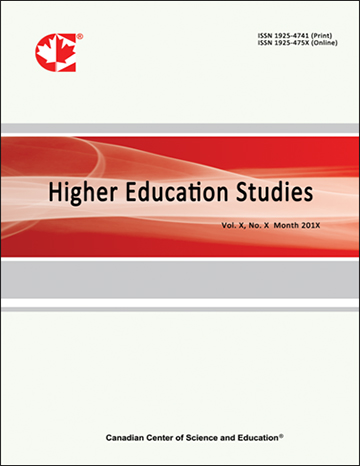The Development of a Scientific Creativity Test in Science for High School Students of Northeastern Princess Chulabhorn Science High Schools
- Watcharaporn Saenna
- Songsak Phusee-orn
Abstract
The purposes of the research were to: (1) create a scientific creativity measure for high school students; (2) examine the quality of the science creativity scale of the created test; (3) establish a benchmark for scientific creativity scores for high school students; and (4) study a scientific creativity level of students in the senior high school of the three Northeastern Princess Chulabhorn Science High schools. Data were collected in three phases. The first test was implemented with a sample of 96 students to determine the appropriate time to complete a scientific creativity measurement. The second stage, the test was used with a sample of 96 students to find out the Index of difficulty (P), Discrimination(r), and Reliability of the whole scientific creativity scale. For the last phase of the study, a sample of 360 students was tested to create the norms of the science creativity scale for high school students and to study their scientific creativity.
The results of this research were as follows: 1) the scientific creativity test for high school students consists of 8 questions. The measurement covers 3 areas: originality, flexible thinking, and scientific imagination. The optimal measurement time is at 7 minutes. It was found that the created test had the Index of Congruence (IOC) ranging from 0.60 - 0.82; 2) the Index difficulty (P) was from 0.387 to 0.677, the discrimination (r) was from 0.208 to 0.448, and the confidence (α) of the conceptual aspects: originality, flexibility, and scientific imagination were 0.747, 0.704, and 0.786 respectively; 3) the normalized T-score of scientific creativity for upper secondary school students had 5 levels of creativity: very high, high, moderate, low, and very low; 4) the study of scientific creativity level of students in the upper secondary level of 360 students from three Northeastern Princess Chulabhorn Science High Schools indicated that the students' scientific creativity was at a low, moderate, high, very low and very high level (30.56, 29.45, 26.94, 8.61 and 4.44 percentage respectively).
- Full Text:
 PDF
PDF
- DOI:10.5539/hes.v12n3p105
Index
- AcademicKeys
- CNKI Scholar
- Education Resources Information Center (ERIC)
- Elektronische Zeitschriftenbibliothek (EZB)
- EuroPub Database
- Excellence in Research for Australia (ERA)
- Google Scholar
- InfoBase
- JournalSeek
- Mendeley
- Open Access Journals Search Engine(OAJSE)
- Open policy finder
- Scilit
- Ulrich's
- WorldCat
Contact
- Sherry LinEditorial Assistant
- hes@ccsenet.org
